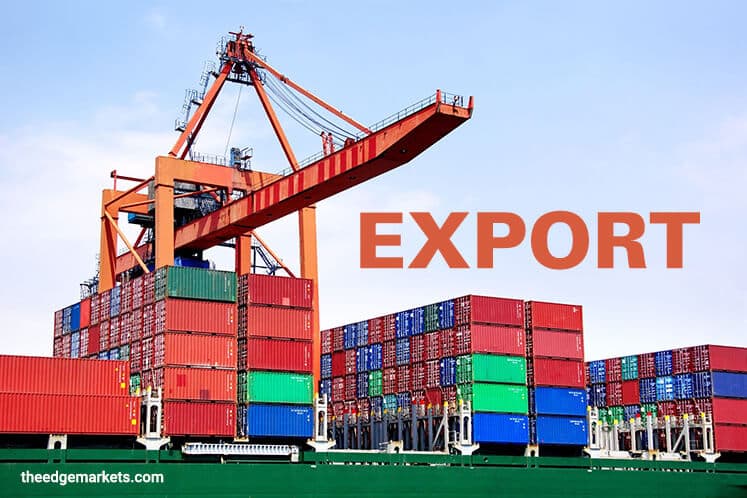
This article first appeared in The Edge Financial Daily on September 8, 2017
KUALA LUMPUR: Although Malaysia’s 30.9% export growth in July beat market expectations of 23%, a longer-term analysis of constant prices indicates that export growth has been on the decline since 2014, with manufacturers’ share of exports also shrinking.
Harvard economist Professor Dwight H Perkins highlighted that these may be among the concerns over the slowdown in Malaysia’s growth before it achieves high-income nation status.
“If we look at manufacturing exports more generally, you will find that at current prices, it looks pretty good. But when you put them in constant US dollar figures, exports of manufactures are actually stagnant,” he said at the third seminar of the Jeffrey Cheah Institute-Malaysian Economic Association Economic Seminar Series yesterday (see chart).
Instead, gross domestic product (GDP) growth over the past nine years seems to have been driven by a higher contribution from the services sector.
Perkins noted that the services sector, which encompassed 6.19% of GDP growth over the 2007 to 2016 period, was growing at an “unusually high” rate. Comparatively, services grew only 2.93% in South Korea and 3.69% in Thailand over the same period, but real exports of both countries outpaced Malaysia’s.
However, Perkins noted that services appeared to be understudied by economists, who have not cited firm factors for what may be driving growth of the sector.
“It could be medical tourism, but it’s clearly not high-powered business services or software development [driving exports of services],” he opined.
The main question, he said, is whether or not it is possible for Malaysia to sustain its growth in services or if such growth would also moderate.
Nonetheless, not all is bad.
Although Malaysia’s GDP growth has not recovered to pre-1998 crisis levels, Perkins remarked that the country is still growing at a decent rate.
It appears, he added, that there’s not much to worry about as it is common for a moderation in GDP growth for countries approaching high middle-income status.
On the local business environment, the Harvard economist highlighted that the ease of doing business in Malaysia appears to have improved, but noted that this is more reflective of foreign investor sentiment than local opinion.
“I think the ease of doing business is overly influenced by foreign investors, who do have an easier time in Malaysia compared to domestic businesses,” he said.